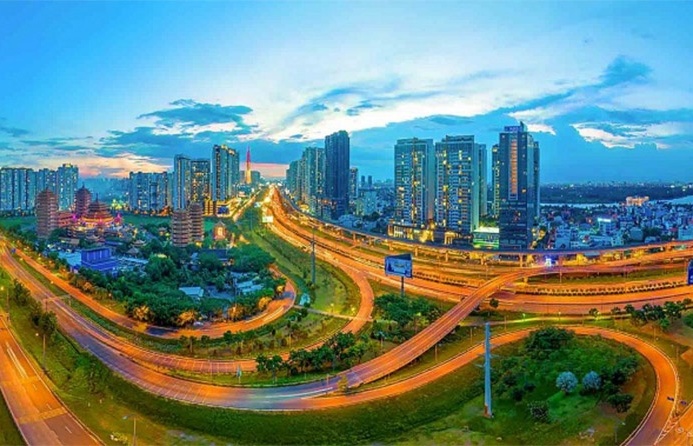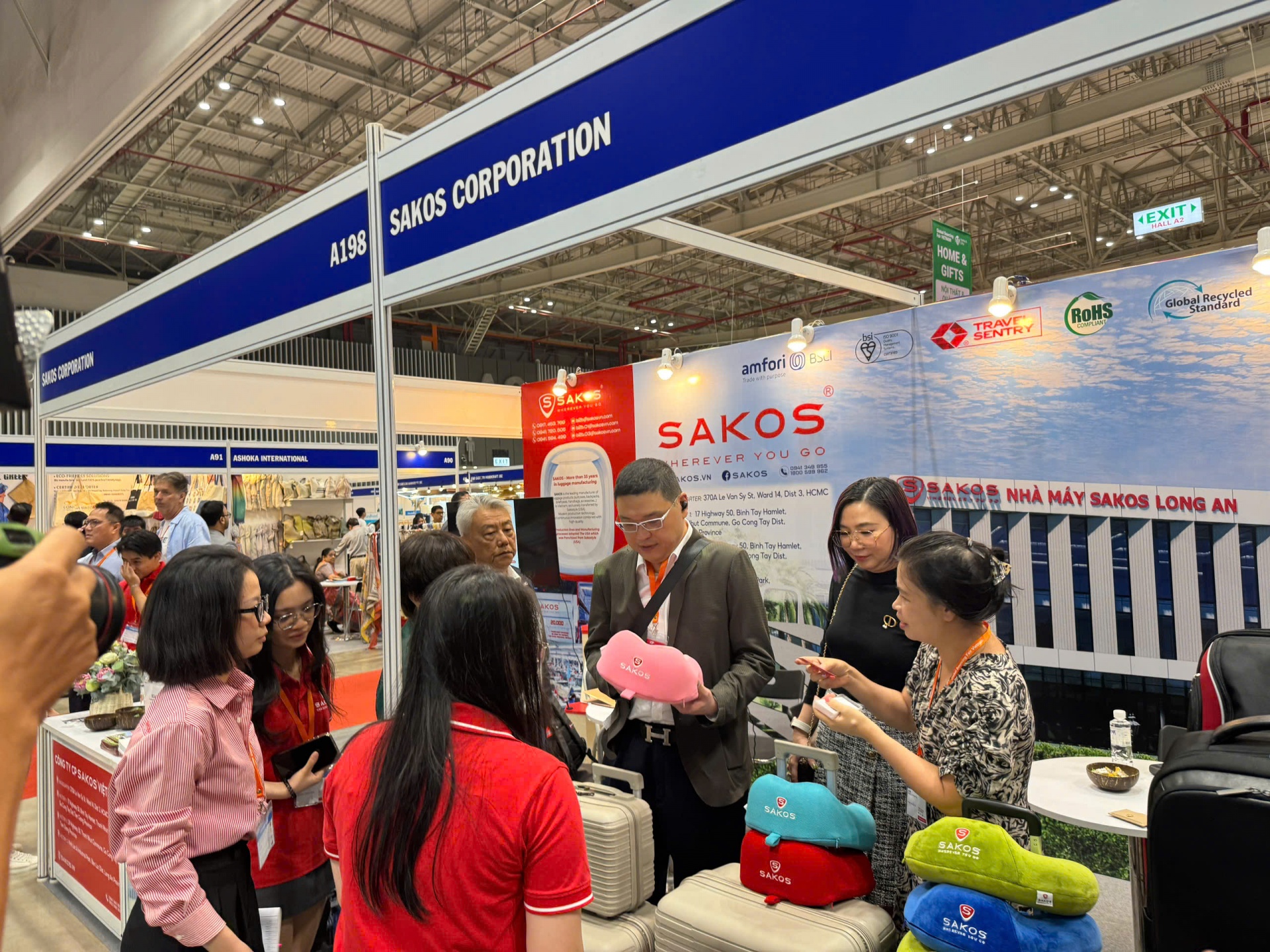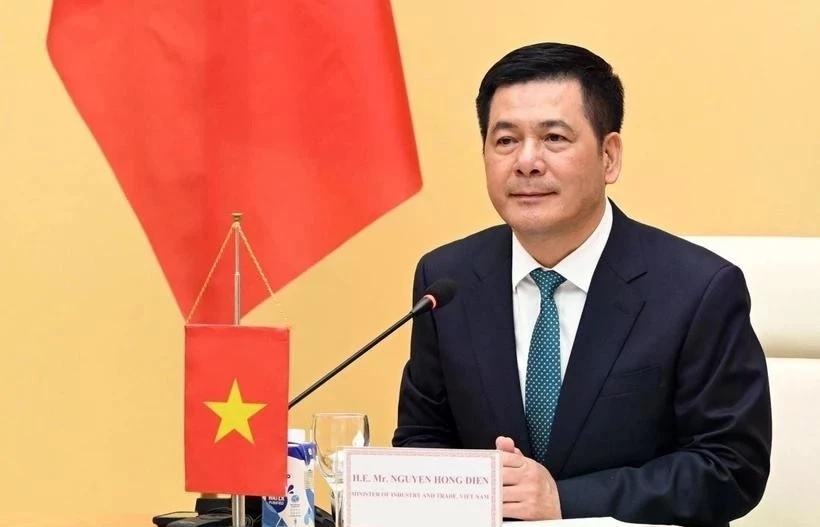Expert explores global footwear membership’s opportunities, threats
 You have worked in the industry for over 20 years, what would be the major effects of the TPP on leather and footwear businesses’ performance?
You have worked in the industry for over 20 years, what would be the major effects of the TPP on leather and footwear businesses’ performance?
For years the local footwear industry has relied on leather mainly from China, Korea and India which are not TPP members. To be eligible for TPP benefits after joining the partnership, local businesses would need to import materials from other member countries or report 40 per cent localisation rate.
With this understanding, major exporters such as Thai Binh, Dong Hung, An Lac, and Vinh Thong footwear companies have been busy preparing. However, not many firms will be eligible for TPP benefits. Most notable is the zero per cent duty on exporting to member countries. Few firms would benefit from this move.
Foreign investors in the footwear industry have the most to gain.
What challenges may local firms face if Vietnam joins the TPP?
The greatest challenge is right here at home. Once Vietnam joins the TPP, import duties would fall to zero per cent and local firms will find it very difficult to compete if other members such as Japan, the US, Mexico, Brazil, and New Zealand started bringing their products into Vietnam.
Foreign invested businesses may set aside part of their production for sale in the domestic market and this could cripple local leather and footwear producers.
Can you outline the current production structure?
Vietnam is home to 500 footwear businesses with 30 per cent focusing on export; though 70 per cent of these latter businesses simply do export processing for foreign partners. Just a few firms are in a position to raise their export positions.
How will local firms be supported in taking advantage of TPP incentives and solving problems?
Vietnam is only in the negotiation stage and both the association and footwear companies are awaiting direct guidance from the Ministry of Industry and Trade. We are proposing that authorities and economic research institutes help lead businesses toward the right path. It could be a major problem if each individual business operates in its own way. One important factor is local firms’ brand building, as this will be essential to fully realising TPP advantages.
What measures has the footwear sector taken recently to anticipate potential TPP membership?
For one, the Thai Footwear Association just brought in 30 businesses to network with their Vietnamese counterparts. In addition, the Thailand Research and Development Institute met with us to discuss cooperation opportunities.
Taiwanese firms, although they are engaged mostly in export processing, have also mulled expanding into Vietnam to tape the country’s growing potential. Hong Kong Leather and Footwear Association members held field visits to eight local firms and some association members are planning to fly to Hong Kong next year to visit and discuss investment and cooperation.
What the stars mean:
★ Poor ★ ★ Promising ★★★ Good ★★★★ Very good ★★★★★ Exceptional
Latest News
More News
- Investors increase high-tech activities (April 23, 2025 | 15:43)
- Plenty of areas for Vietnam and Thailand to cooperate (April 23, 2025 | 15:37)
- Bac Giang International Logistics Centre launched (April 23, 2025 | 12:02)
- Green engagement rides high in Vietnam (April 22, 2025 | 14:54)
- Public-private partnerships a lever for greener innovation (April 22, 2025 | 14:44)
- Unlock transport potential to accelerate Mekong Delta growth: PM (April 22, 2025 | 11:34)
- AEON Vietnam breaks ground on new project in Hai Duong (April 21, 2025 | 11:56)
- Haiphong private sector emerges as key engine of economic growth (April 21, 2025 | 11:44)
- Highlands Coffee opens roastery in Ba Ria – Vung Tau (April 21, 2025 | 08:07)
- Hoa Phat Group breaks ground on high-grade steel and railway track plant (April 18, 2025 | 11:50)















 Mobile Version
Mobile Version